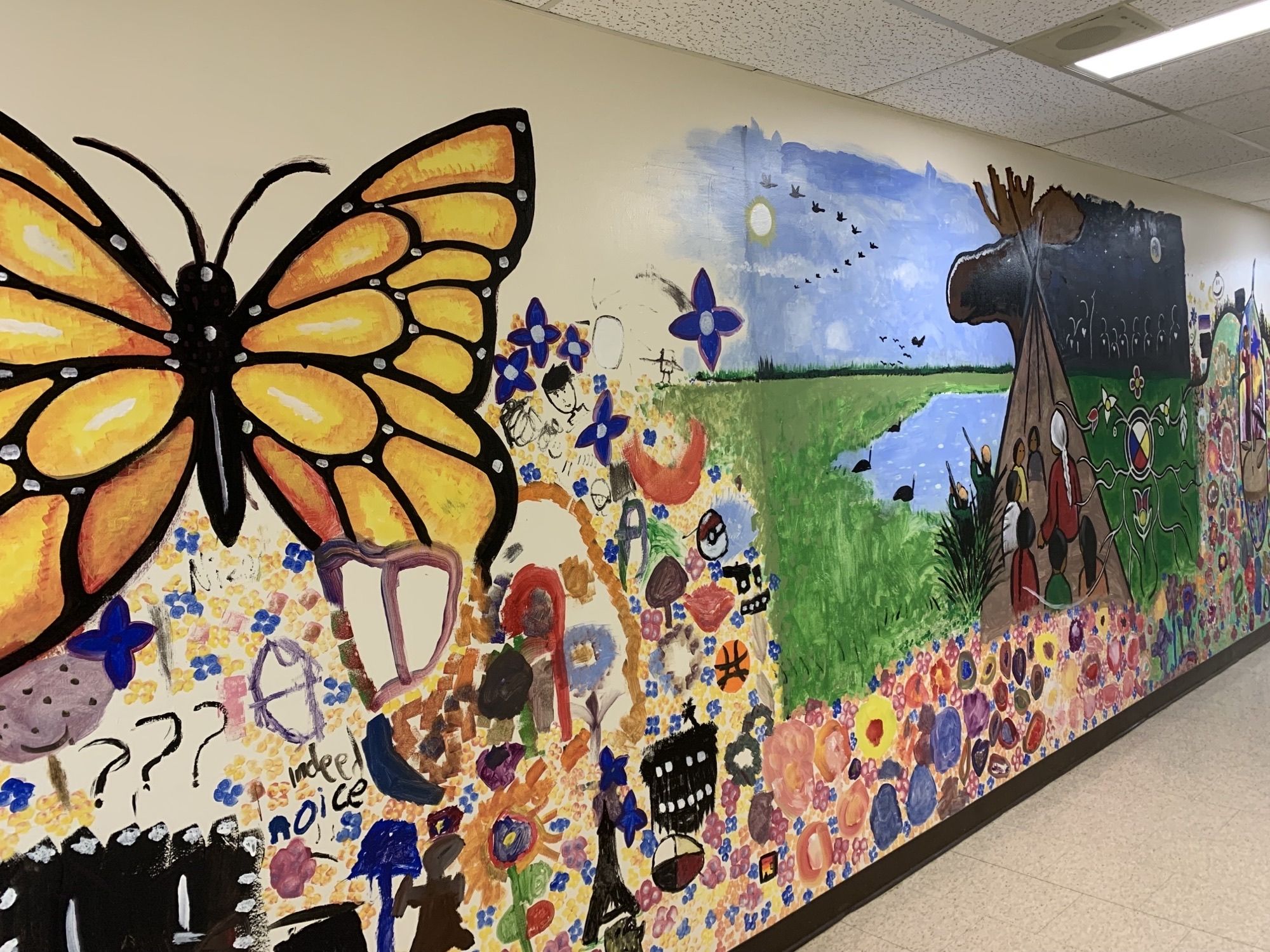
Helping kids with physical, neurological and/or developmental challenges to achieve, belong and inspire in their own communities is at the heart of KidsInclusive Centre for Child & Youth Development (KI). And sometimes, making that connection means travelling 900 kilometres north.
Historically, families from the James Bay area of Northern Ontario had to be uprooted from their community to travel to Kingston for the Augmentative Communication Services (ACS) that KI provides. AAC can be a lifeline for when someone’s communication skills are not meeting their daily needs. It makes speech or written communication available in other ways, from picture boards to computers with specialty software and hardware.
“Working with Northern families has always been at the forefront of our service and is part of our annual operating and strategic plan,” says KI Director Noella Klawitter. “At the same time, we know that the trip south can place a lot of stress on children and families, and that the hospital can be an unnatural and intimidating environment for them.”
And so three KI staff recently packed their bags to change this experience for families.
Emily Jackson, Occupational Therapist and Augmentative Communication Team Lead, Amanda Davidson, Speech and Language Pathologist, and Jenn Bonter, Communications Disorder Assistant, took their AAC toolkit north to Moosonee, Moose Factory and Kashechewan, where they visited schools, Children’s Treatment Centres and clients’ home. They worked in collaboration with Weeneebayko Area Health Authority, Cochrane Temiskaming Children’s Treatment Centre and MaMouPimoTayTaa – TogetherWeWalk.
The results were fantastic, reports the team.
They conducted 12 new assessments and six follow-up interventions plus device delivery/training, for a total of 18 clients seen. The team also provided educational support for families.
Attendance for appointments was almost 100 per cent, and assessments noticeably benefited from the comfort level of clients and families, who were seeing caregivers in the familiar setting of their own communities. Small gifts that the team brought for their young clients were noticeably appreciated.
And the team was pleased about the improved collaboration between KI and local providers when all came together for evening discussion and planning sessions.
"It meant so much to fulfill that mother’s request"
For Davidson, the experience was an inspiring full-circle moment.
“I had brought up the idea of seeing our clients in their communities after a parent asked me during a Kingston visit, 'Next time, will you come to me?' This mother had shared with me her struggle of bringing her child to Kingston, the airplane ride, the hotel and being away from their support system.
“We were able to see this wonderful family in Kashechewan. It meant so much to fulfill that mother’s request. We saw her child on our last day, which tied the trip together and showcased why we were there—to best support our clients, our families and the circle of community that cares for them.”
Gallery




The KidsInclusive team happily landed in the ball pit with six-year-old client Dion Wynne at St. Andrew's School in Kashechewan. Taking care to communities in the North had the team visiting schools, Children's Treatment Centres and clients' homes in Kash

Taking their expertise North were KI staff (l-r) Amanda Davidson, Emily Jackson and Jenn Bonter, seen here with staff from the Cochrane Temiskaming Children’s Treatment Centre.

At Ministik Public School in Moose Factory a huge mural illustrates students celebrating their community and culture.



